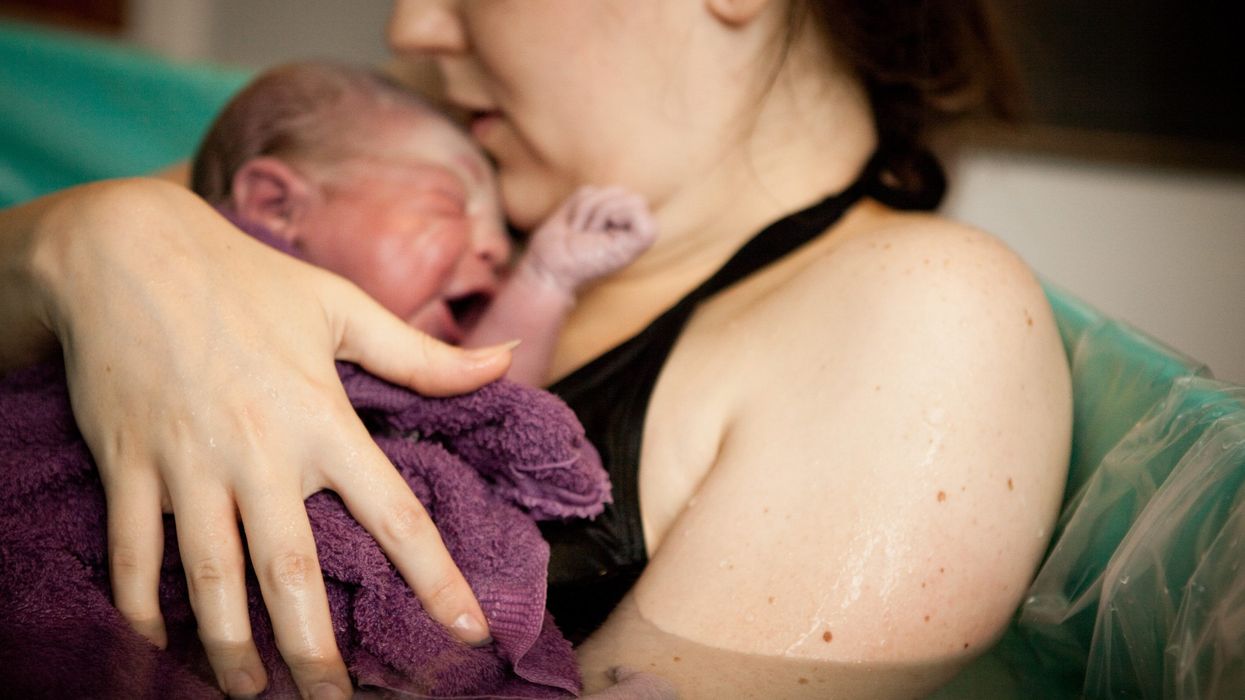For those mums about to deliver your baby, you’ve probably already planned how you want to bring your bundle of joy into the world. But if you’re still open to ideas – you may want to opt for a water birth.
According to new research, the increasingly popular water births have been found to result in fewer complications and fewer pain medications and interventions during and after the birth process in comparison to standard care.
Experts are of the opinion that water births provide ‘clear benefits’ for healthy mums and their newborn babies. It is also reported to provide higher levels of satisfaction for the new mum.
In a review of previous studies published by BMJ Open, it was found that water births ‘significantly reduced’ the use of epidurals and injected opioids too.
What’s more, it’s also known to reduce pain and heavy bleeding after the birthing process.
Water birth is carried out in a birthing pool which provides relaxation and pain relief. The mum can either stay in the pool for the entire birthing process and bring the newborn to the surface to breathe or exit the pool for the birth – for the newborn to emerge into the air to breathe.
For those unfamiliar with the term, experts say, water birth is just what it sounds like. It’s when part of the labour and the delivery of the baby takes place in a warm body of water, known as the birthing pool or tub.
According to information provided on HealthPartners, warm baths help one to relax. So, being immersed in a warm bath during labour provides the same relaxation benefits. This probably helps reduce the mom’s blood pressure, providing an overall calm experience.
Also, because of the water’s buoyancy, moving and repositioning during labour is easier – this, in turn, helps with easing the contractions.
Information on the NHS about using water in labour cites that being in water can help you relax and make the contractions seem less painful.
For the new study, researchers wanted to compare the extent of healthcare interventions that were needed during and after labour between the two different types of water birth and to check if the results differed between water birth and standard care not involving a birthing pool.
Studies published between 2000 and 2021 were analysed, involving more than 150,000 women.
Most of the studies were carried out in obstetric units.
A range of interventions and outcomes were included in the studies such as artificial breaking of waters, induced labour, the use of epidurals, breastfeeding, admission to intensive care etc.
Dr Ethel Burns, of Oxford Brookes University and the study’s lead author is reported to have said, “A waterbirth was as safe as standard care for healthy mums and their newborns.
“Compared with standard care, a water birth significantly reduced the use of epidurals, injected opioids, episiotomy, as well as pain and heavy bleeding after the birth.”
In general, Dr Burn said that water birth benefits the mum and the newborn when used in the obstetric setting, thus, “making water immersion a low-tech intervention for improving quality and satisfaction with care.”
She adds, “It is an effective method to reduce pain in labour, without increasing risk.”












